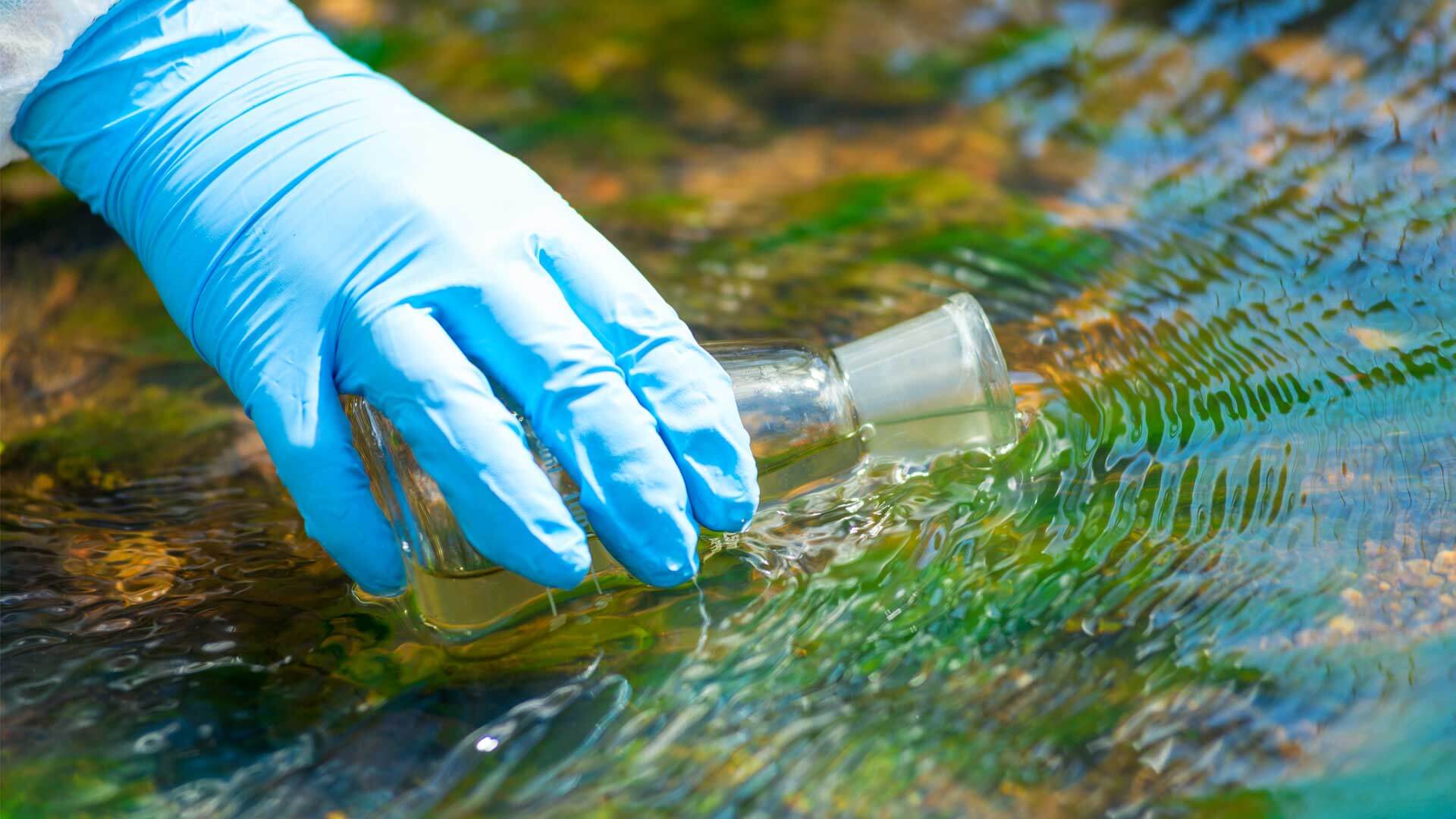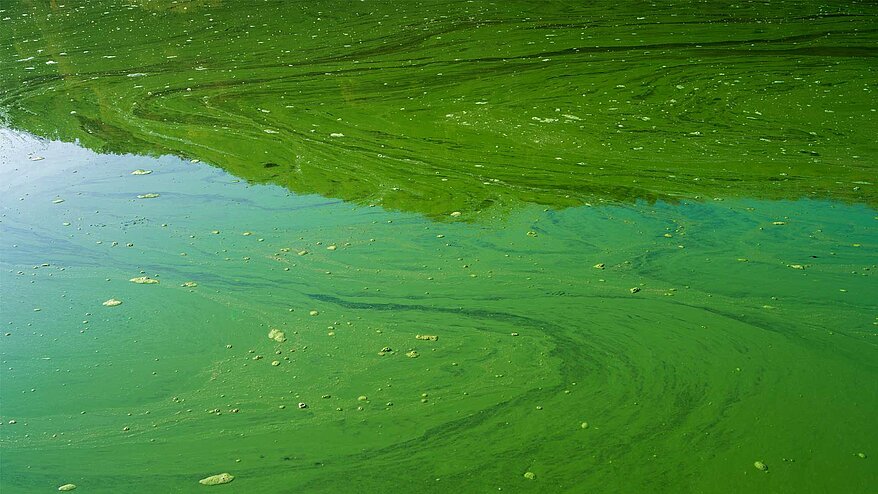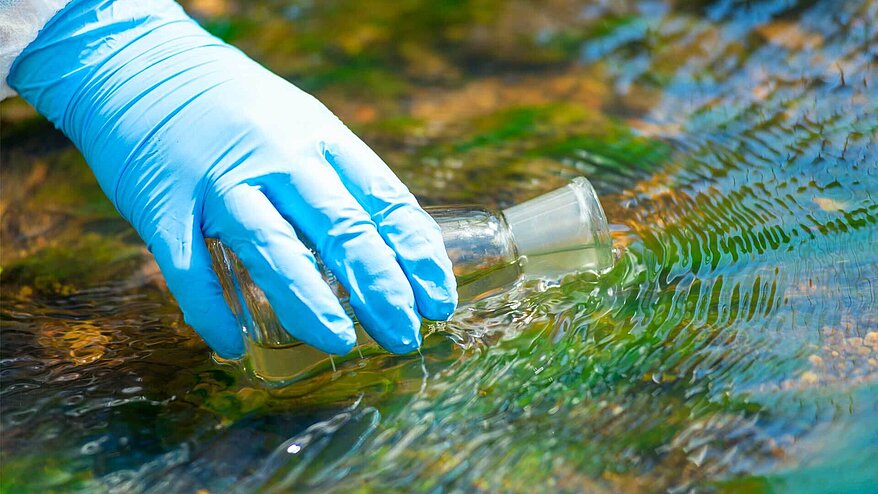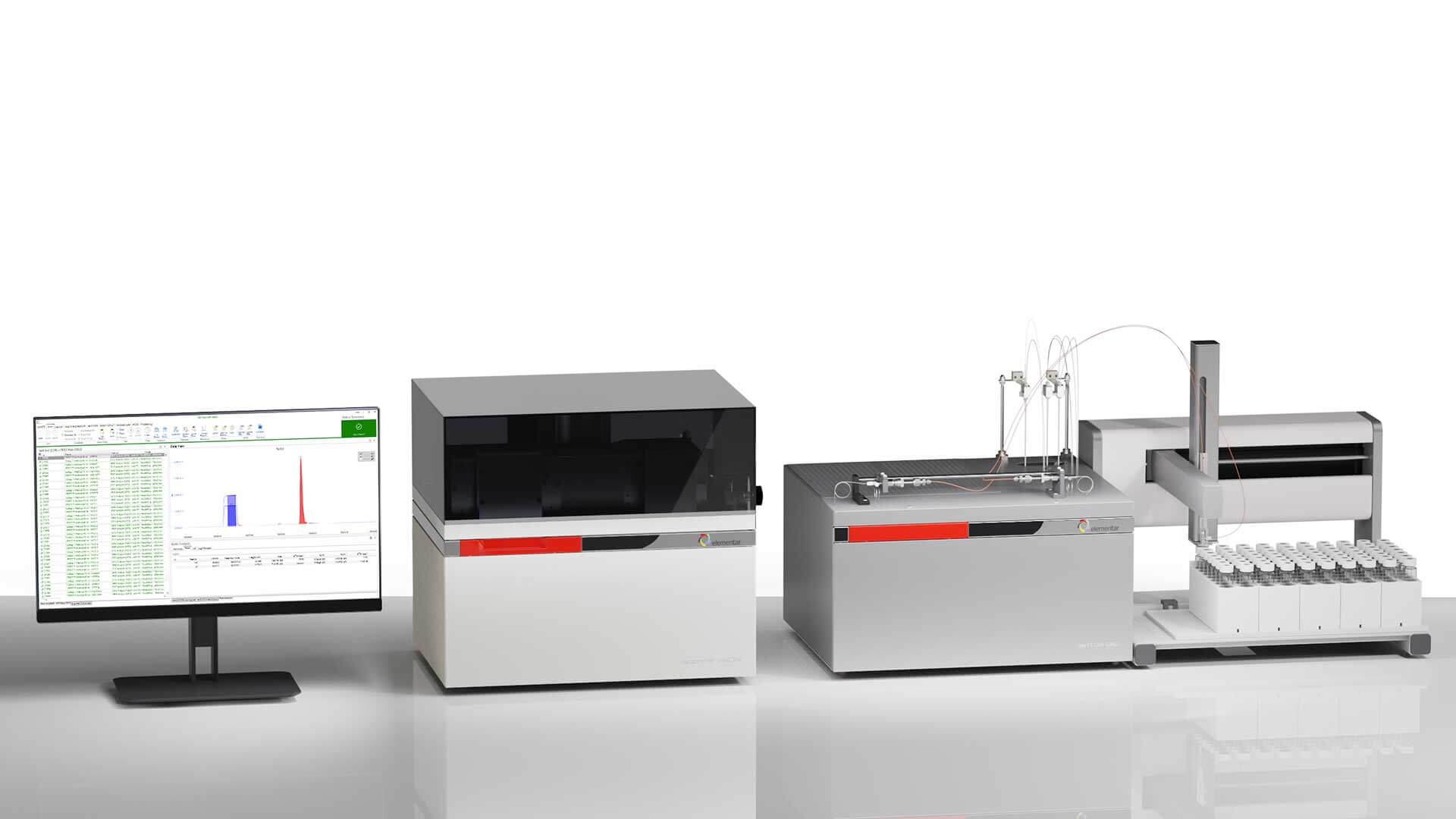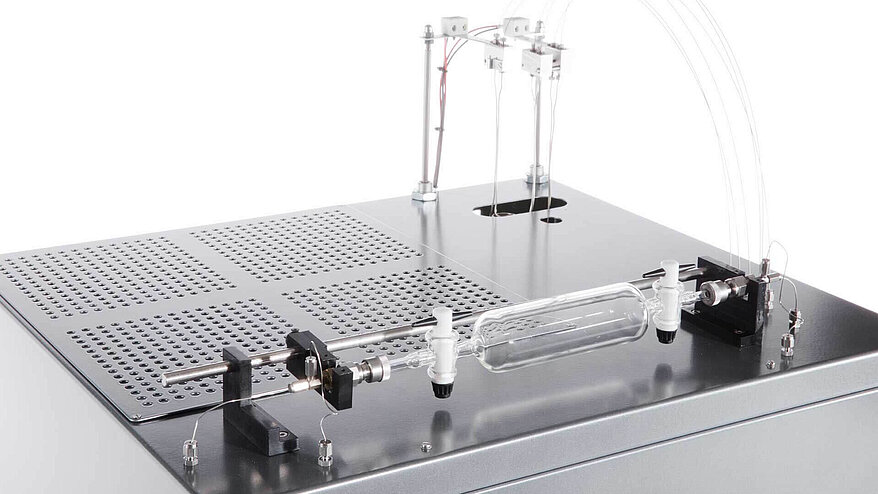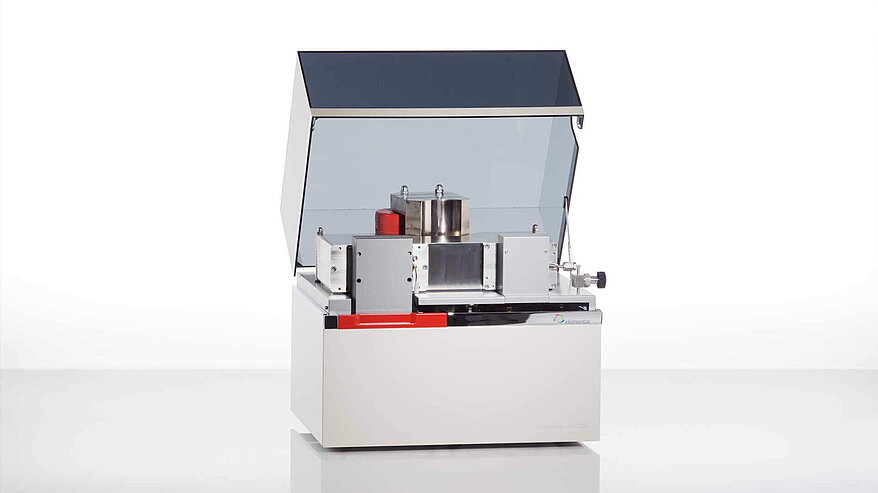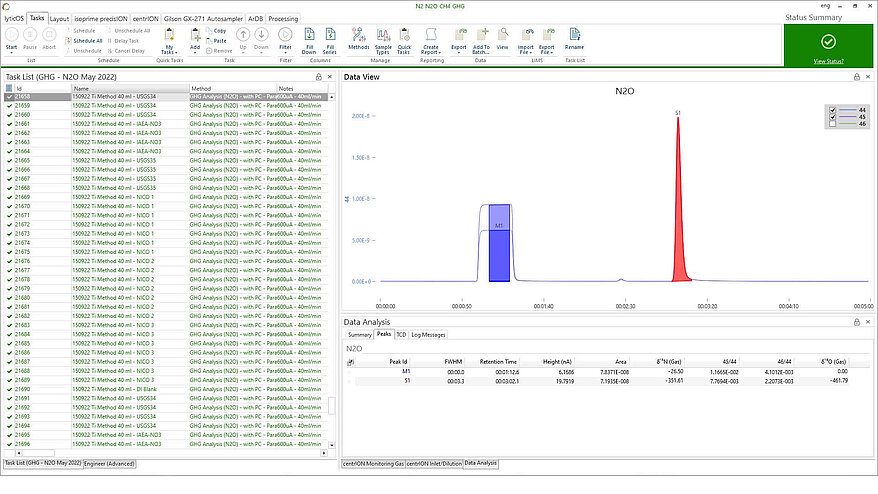Come and see us at AGU23
Booth #1247
We’re attending AGU23 in San Francisco. If you come and see us at our stand, we’ll be giving away nitrate-themed lab coats to celebrate the 25th anniversary of Carol Kendall's 15N vs 18O nitrate plot.
On Friday (15th) we’ll also be discussing our poster about the analysis of dissolved nitrate stable isotopes using the one-step Titanium (III) reduction method and our new EnvirovisION system.
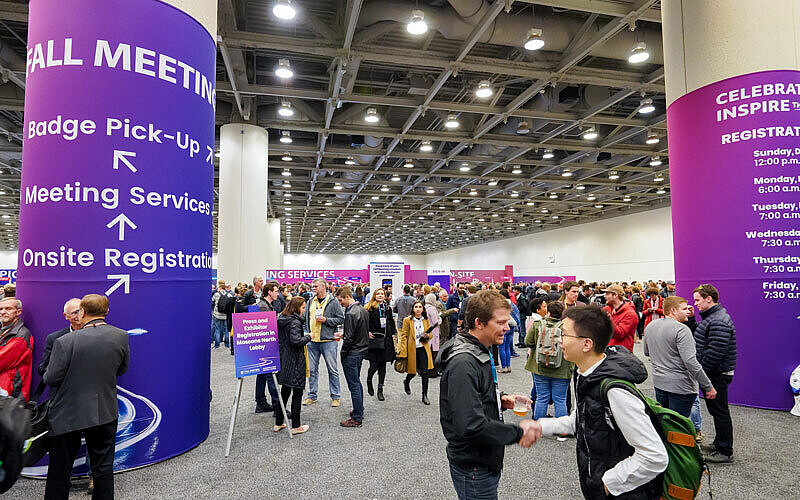
Lab coat giveaway
Sign up below and we'll set you one aside
It’s been 25 years since Carol Kendall produced her 15N vs 18O plot for allocating the sources of nitrate pollution in the textbook “Isotope Tracers in Catchment Hydrology”.
To celebrate, we are giving away 50 specially produced lab coats which have the famous plot embroidered on the front at AGU.
If you are working with stable isotope analysis of dissolved nitrate, then stop by booth #1247 and pick up a lab coat and share in our celebration.
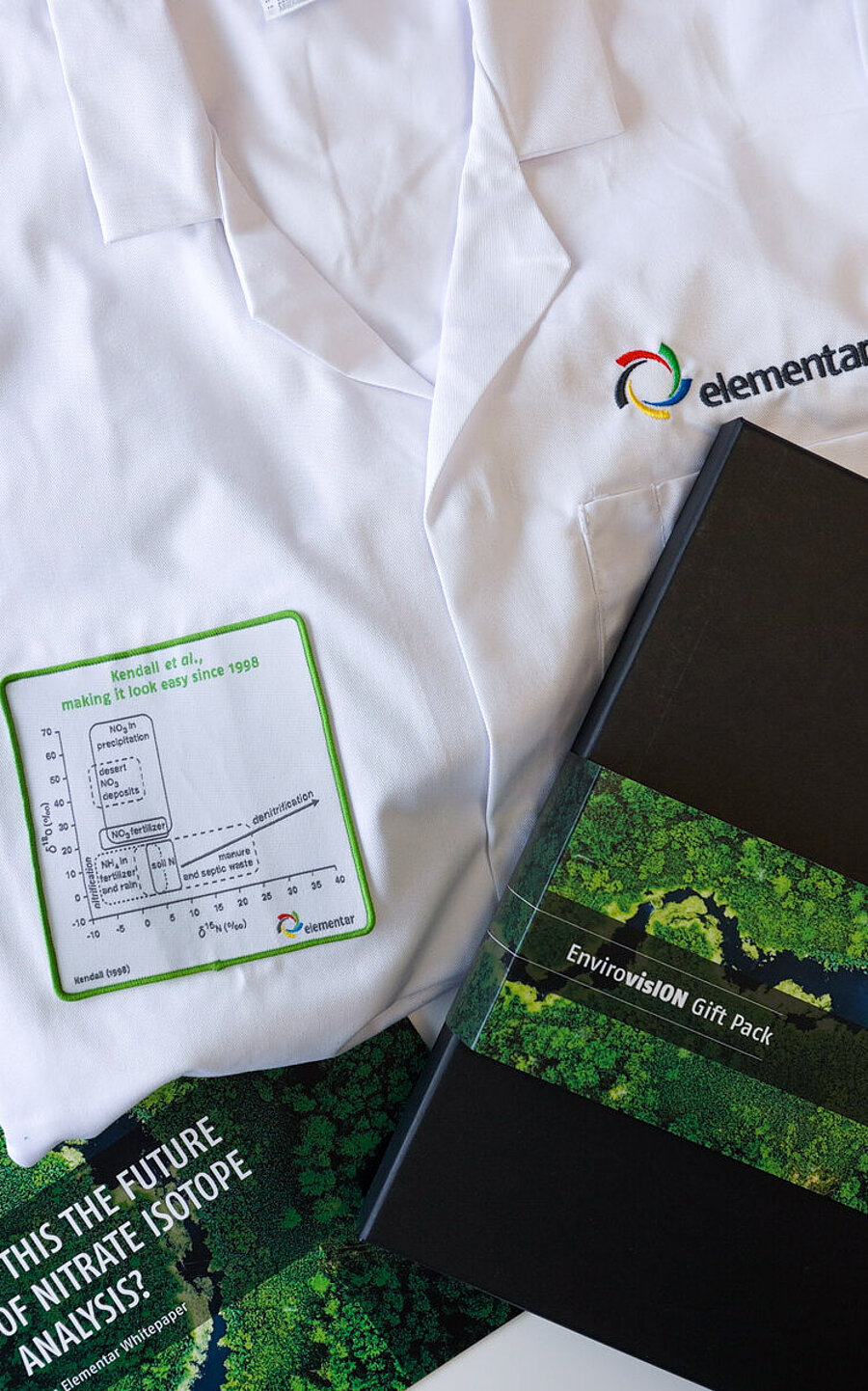
How to find us at AGU.

Booth #1247

Poster: Friday, 15 December | Poster Hall A-C South (Exhibition Level, South, MC) | 14.10 - 18.30 PST

Giveaway: sign up for your lab coat using the form above
Poster: Analysis of dissolved nitrate stable isotopes using the one-step Titanium (III) reduction method and the Elementar EnvirovisION System
Friday, 15 December | Poster Hall A-C South (Exhibition Level, South, MC) | 14.10 - 18.30 PST
Identifying and quantifying sources and cycling of nitrogen is important for understanding not only aquatic ecosystems but also planning water resource management, mitigating urban and agricultural pollution, and optimizing government policy. Stable isotopes of dissolved nitrate and nitrite (δ15N, δ18O and δ17O) have been useful in distinguishing between the diverse nitrogen sources and sinks and help understand large-scale global ocean processes as well as revealing major changes in agricultural land use and urbanization.
Despite the strength of dissolved nitrate and nitrite stable isotope analysis, the strong barrier for uptake using the favored contemporary methods (bacterial denitrifier and Cd-azide reaction) due to the laborious multi-step methods, maintenance of anaerobic bacterial cultures and use of highly toxic chemicals has limited the analysis to highly specialized laboratories. We evaluate the performance of the Elementar EnvirovisION using the new Titanium (III) reduction method (Altabet et al., 2019) for one-step conversion of nitrate into N2O for IRMS analysis.
The EnvirovisION has been developed for the high-performance analysis of CO2, N2O and CH4 and dissolved nitrate. The system has the capacity to be rapidly customized for specific needs with options for dual GC columns supporting the Weigand ‘heart-cut’ N2O method (Weigand et al., 2016) and sequential N2 and N2O analysis from a single atmospheric sample.
Introducing EnvirovisION
Our stable isotope analyzer for the isotopic analysis of dissolved nitrate
EnvirovisION is a specially configured stable isotope analyzer for the isotopic analysis of dissolved nitrate samples and has been enhanced to utilize the new titanium (III) reduction* sample preparation method. The system has numerous features designed to automate, simplify, and improve sample throughput allowing you to generate more data, faster.
Simpler, faster dissolved nitrate analysis with EnvirovisION
Already established your nitrate method?
Our stable isotope analyzer, EnvirovisION, is fully compatible with the bacterial denitrifying method and the cadmium azide method, making it ideal for laboratories using these techniques.
In 2001, Sigman & Casciotti published their breakthrough paper which described using denitrifying bacterial cultures to convert nitrate to N2O for 15N analysis. Then a year later, the method was updated to perform dual isotope 15N and 18O analysis from a single freshwater or seawater sample, allowing sources of nitrate to be easily resolved. This method, and the cadmium-azide method (Altabet et al., 2005) have been widely adopted by laboratories around the world.
